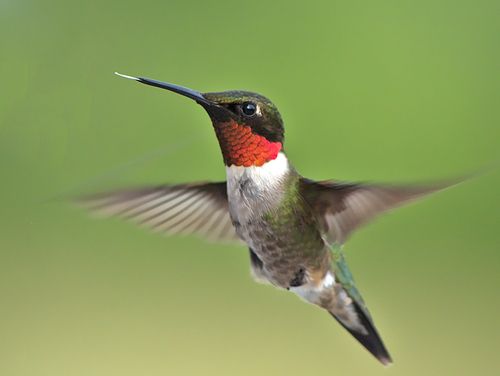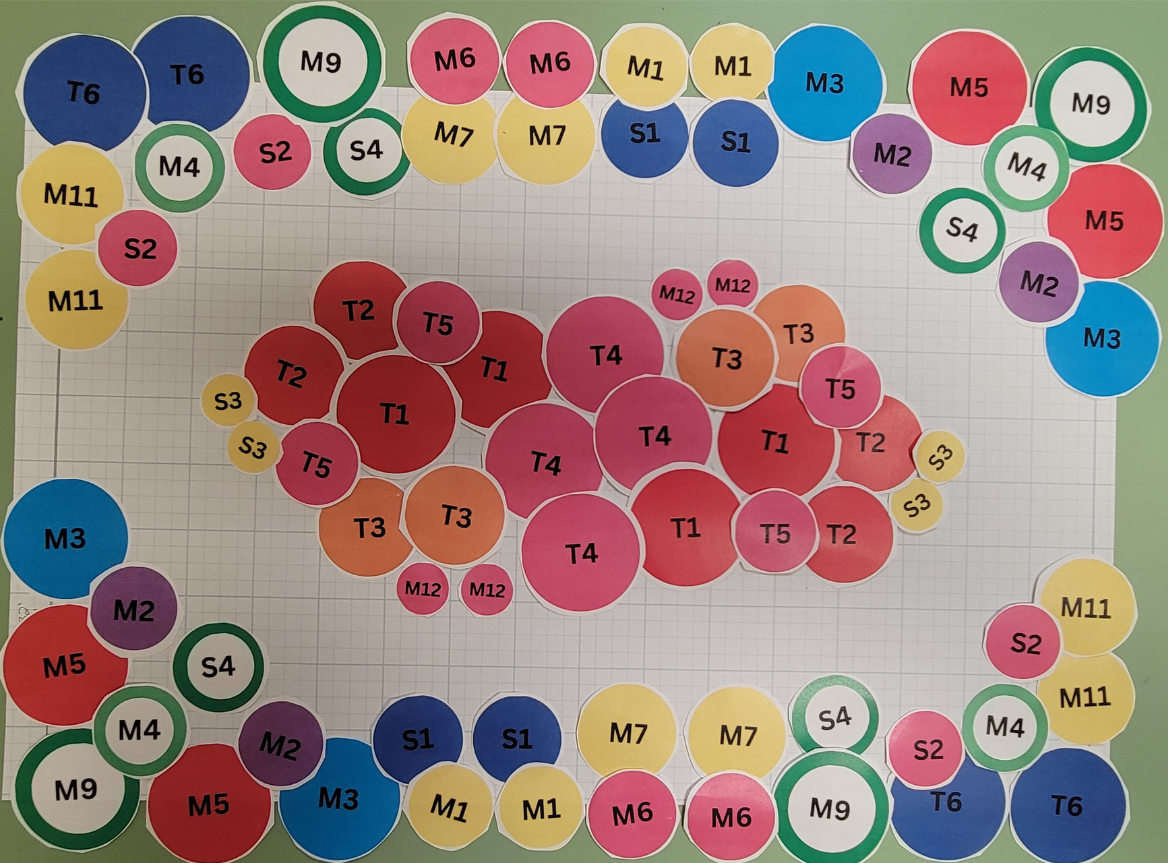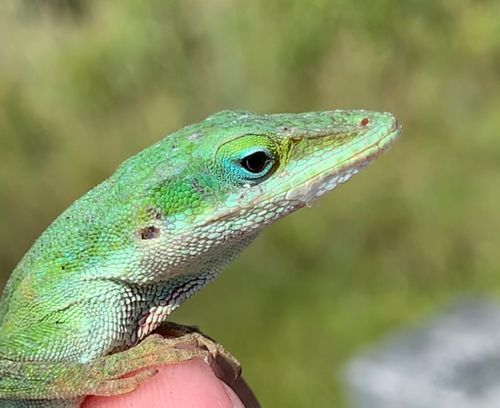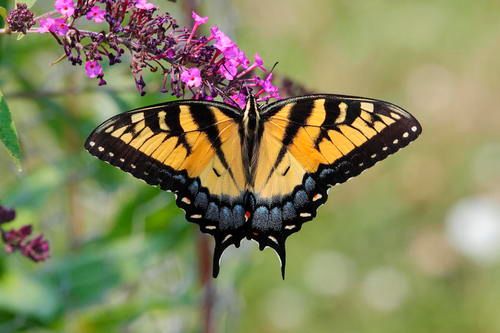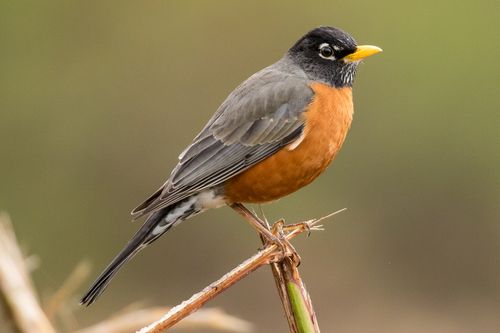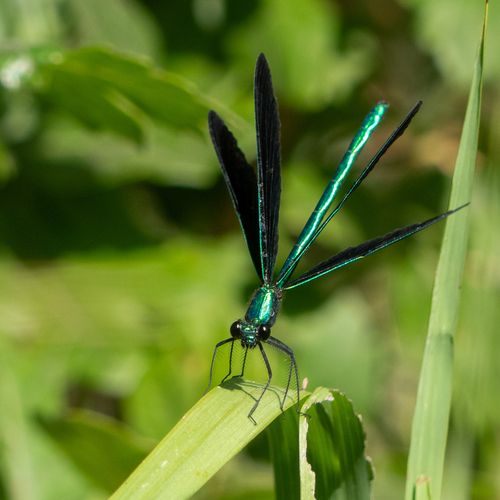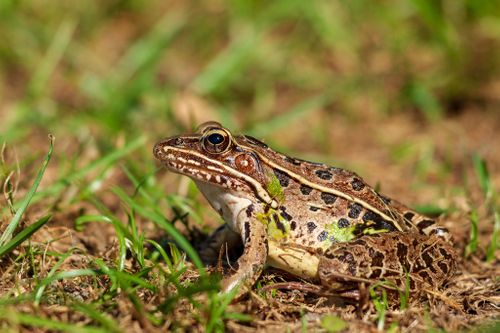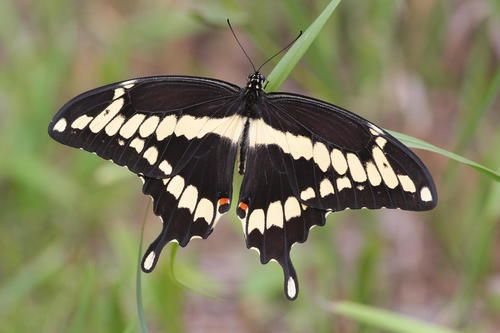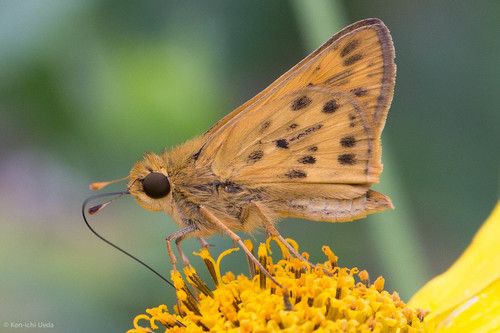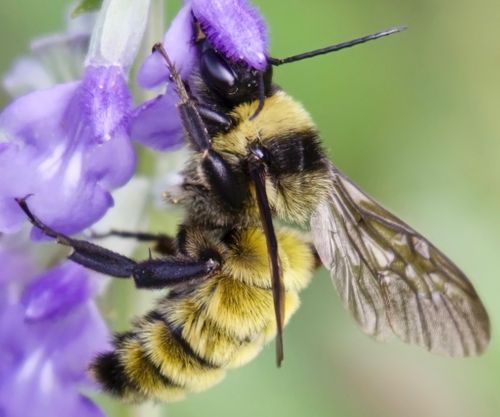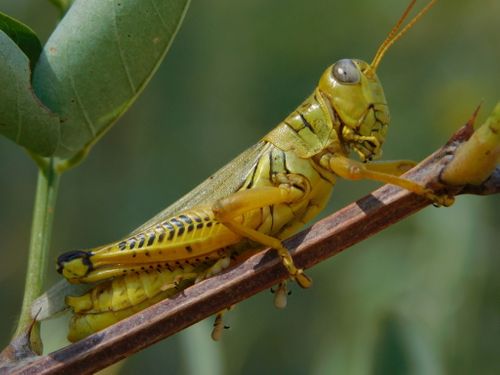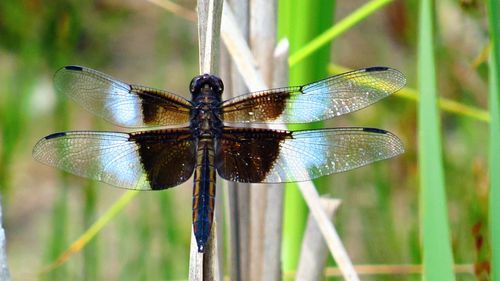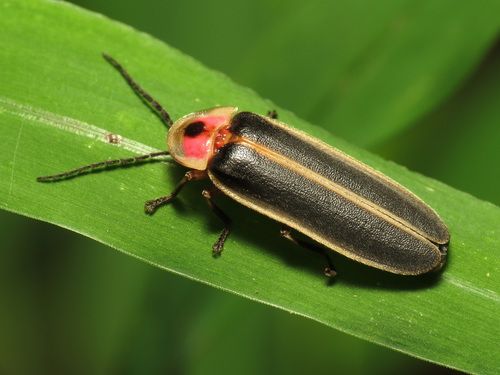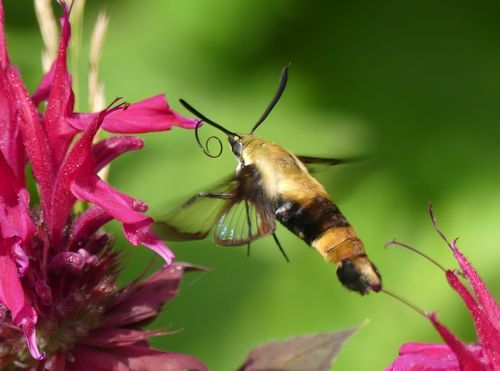Lots of cities have tree programs, to provide free trees to residents. When those trees also yield fruit, we can not only reduce the urban heat island effect but we can also grow food. Plum trees are a host plant for the Eastern Tiger Swallowtail. So from a plum you get shade, air filtration from the leaves, fruit, and butterflies...all in one tree. With DFW summers so hot, we definitely need more trees. If your city park has exposed concrete walkways, that concrete gets hot in the summer. Why not plant some plum fruit trees on the West side to shade the concrete, and create habitat to attract this gorgeous butterfly? Shaded concrete is often 40 degrees cooler, and trees cool the air by as much as 25 degrees due to evapotranspiration.
On a 100 degree day, under the tree it feels 75. Cool air sinks, while hot air rises, so you want your trees on flat, level ground to keep that cool, free air conditioning all around you while you sit in the shade (on a slope, your cool air will fall downhill). If your city had 200 mini-orchards of 10 fruit trees, each in a 200' row, those trees would cast shade across 40,000 linear feet of concrete (about 8 miles), shading 800,000 square feet (about the size of 300 homes).
Those 2000 fruit trees will dramatically reduce the urban heat island effect from concrete walking paths. Your wildlife garden can produce an enormous amount of fresh fruit from these plum trees (2000 pounds from 10 trees annually, for 15 years). While annual vegetable gardens require a lot of inputs, perennial fruit tree cultivation is easy to incorporate with native plants. Nancy Chapman talks about the work being done by The Giving Grove since 2011, creating mini fruit orchards across the country. In DFW, the Giving Grove has already setup 40 orchards with 514 trees that produce about 200 pounds of fruit per tree each year.
Dallas ISD has a fruit orchard at Nathaniel Hawthorne Elementary School, and another one at the West Dallas STEM School. Fruit trees are great for school gardens. Maybe your HOA could partner with an ISD property, open to the public, and benefit school children and homeowners. Local food banks rely on donated, local fresh fruit and your HOA can help feed our hungry neighbors. A wildlife garden can easily include a few fruit trees, offering something for us along with something for wildlife. The healthy ecosystem of a wildlife garden can help to organically treat orchard pests.
Plum trees do very well in DFW, according to Texas A&M AgriLife. They yield about 200 pounds of fruit each year over a 15 year lifespan (4 bushels, 50 pounds per bushel). Organic plums cost $3.00+ per pound, meaning that a small neighborhood garden with 10 trees can yield $6000+ of fruit every year.
Buying 10, 5-gallon potted, 2-year-old trees costs $500, for $90,000+ of fruit over 15 years. If your city had 200 mini-orchards, the 2000 trees lifetime production is 6 million pounds of food (worth $18 million+). The trees would cost $10,000 and you and your HOA members and other HOAs (across the city) would pay for the trees, so you can harvest the fruit. Annual cost of pruning, fertilizing, and disease prevention would cost about $70 per tree (10% of their annual value).
For our DFW alkaline soil, Texas A&M recommends several plum varieties including Methley, Santa Rosa, Bruce, Morris, and Ozark Premiere. Plums on Guardian rootstock need about 20' spacing and get about 12-15' tall.....perfect to host a picnic under their shade. They do need to be watered in their first 2 years to get established, so being within 100' of a water pipe is important. City of Richardson subsidizes community garden water at 95%. For trees, they only need water in their first 2 years (and the cost for water is about $15 per tree, 3000 gallons). You might ask the city to provide water for 2 years, after which the trees will do fine on their own.
Plums do need proper care, and can get several diseases. But they are easy to maintain with a few proper steps. Black knot disease (A. morbosa), brown rot (M. fructicola), and bacterial spot (X. campestris) can be managed with a copper sulfate fungicide (USDA organic approved). Aphids can be controlled organically by Beneficial Insects (lady bugs, green lacewings, hoverflies, parasitic wasps, soldier beetles, assassin bugs, earwigs, etc).
Shothole borers (Scolytus rugulosus) are secondary pests. As Texas A&M AgriLife Extension explains: "Most insect borers are attracted to weakened, damaged, dying or dead plants and are 'secondary invaders' because they attack only after a plant has been weakened by another stress." A healthy diet for the tree (providing the proper micronutrients), siting the trees properly (not in water-logged soils) can avoid stressors that invite attack by borers. Insect damage may be seen as a symptom the tree needs something it's not getting, as a result of where it was planted by the gardener, not as a tree deficiency.
Plant the trees on the Western side of the garden, to cast shade across native plants that want protection from the harsh heat of sunset. Walkways that run North-South should have the trees on the West side to shade the surface in afternoon. In this protective shade of fruit trees, there are many plants that will thrive and invite hummingbirds and butterflies including Turks' Cap, Yarrow, Frogfruit, Chile Pequin, American Beautyberry, Scarlet Sage, Horseherb, Pigeonberry, and Southern Wood Fern.

